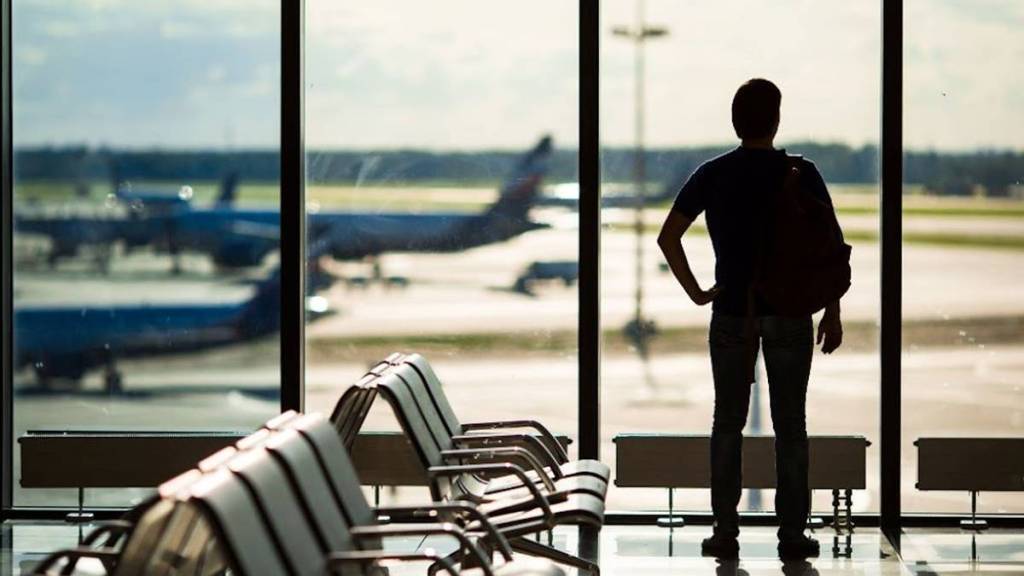In recent times, there has been a notable growth in the aviation sector, extending beyond major urban areas to encompass Tier 2 and Tier 3 cities. These smaller cities are now emerging as substantial markets within the aviation industry, presenting both distinct possibilities and challenges. This article delves into the factors driving the escalating importance of these cities within the aviation field and highlights the prospects they offer for aviation’s future.
India’s aviation industry has transformed into a significant contributor to the nation’s economic advancement. While the focus has traditionally centered on metropolitan regions, the last ten years have witnessed a remarkable paradigm shift. Tier 2 and Tier 3 cities, which were often overlooked, are presently gaining prominence due to a range of factors that position them as crucial participants in the aviation sector. The steady economic growth and urbanisation observed in these cities have contributed to the expansion of the middle-class population. The growing middle-class demographic, combined with enhanced connectivity, has spurred the desire for air travel experiences.
In India, Tier 2 cities denote the second tier of urban regions, encompassing populations ranging between 5 to 10 lakh residents, while Tier 3 cities comprise smaller urban locales with populations of 1 to 5 lakh. These cities are undergoing rapid development, presenting significant opportunities for various sectors, including aviation. Over time, there has been considerable progress in terms of infrastructure within Tier 2 and Tier 3 cities. Upgraded airports, improved road networks, and better amenities have rendered these cities appealing to both airlines and travelers.
Air Travel is more affordable now
With the surge in disposable incomes and evolving lifestyles, air travel has become more accessible and affordable to a broader spectrum of society. This shift has led to a noticeable spike in the demand for air travel services within Tier 2 and Tier 3 cities.
‘Ude Desh ka Aam Nagrik’ – UDAN scheme
Government-led endeavors like UDAN (Ude Desh ka Aam Nagrik) have taken strides in augmenting regional connectivity, resulting in the establishment of airports in Tier 2 and Tier 3 cities. This has significantly improved accessibility and consequently boosted air travel in these regions. In this budget airlines also played an important role. The emergence of budget airlines has brought about a transformative effect on the aviation industry, making air travel affordable for a larger populace. Recognising the potential in Tier 2 and Tier 3 cities, budget carriers have expanded their operations to meet the escalating demand. Online booking platforms, mobile apps, and digital payment systems have simplified the flight planning and reservation process for travelers. All these factors also led to boost job prospects.
These cities are emerging as robust markets with vast potential. The surge in the air travel demand, UDAN scheme, economic expansion and governmental interventions has put together Tier 2 and Tier 3 cities massive markets for the aviation industry. As the aviation realm continues to evolve, these cities are positioned to exert a central impact on its course.


